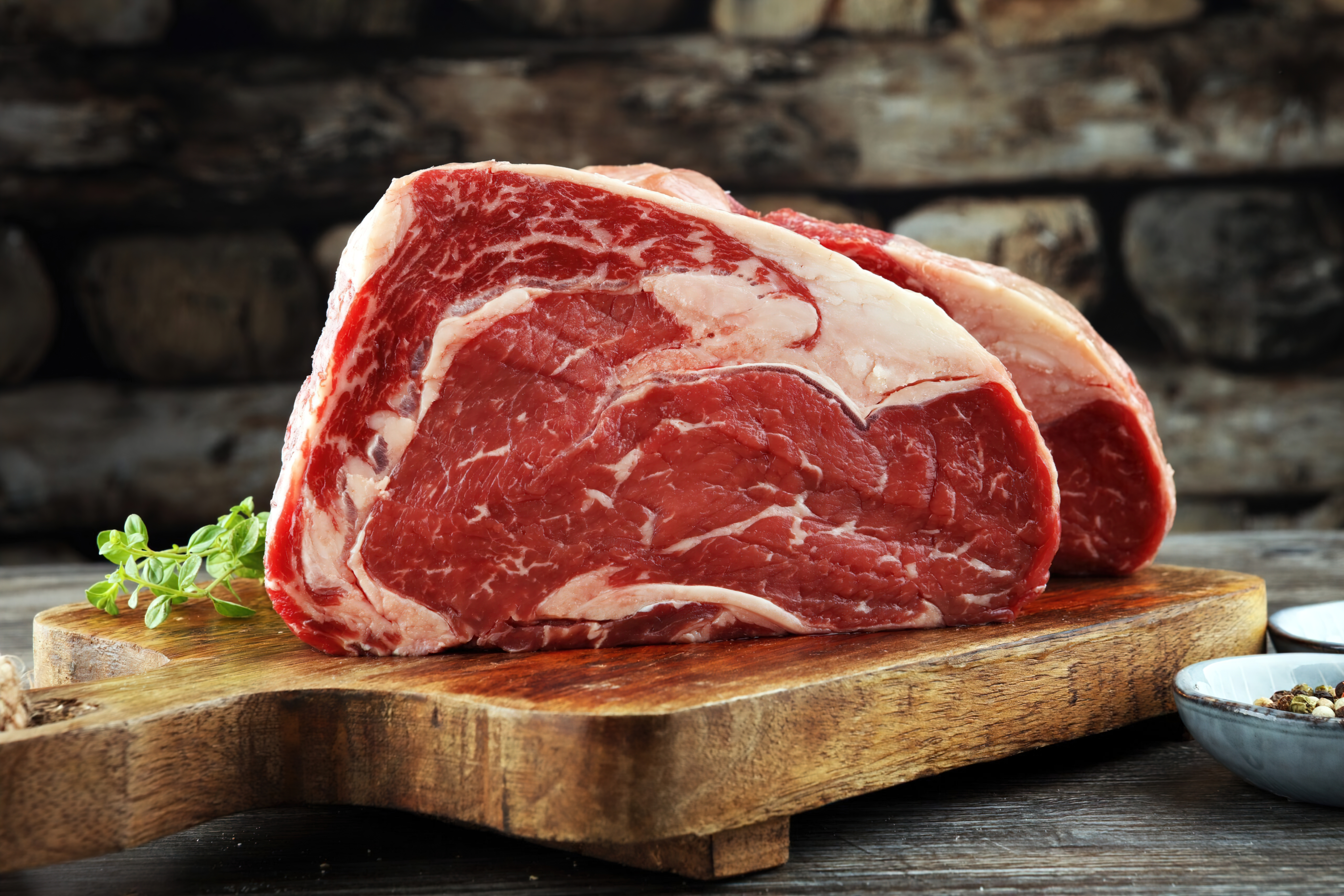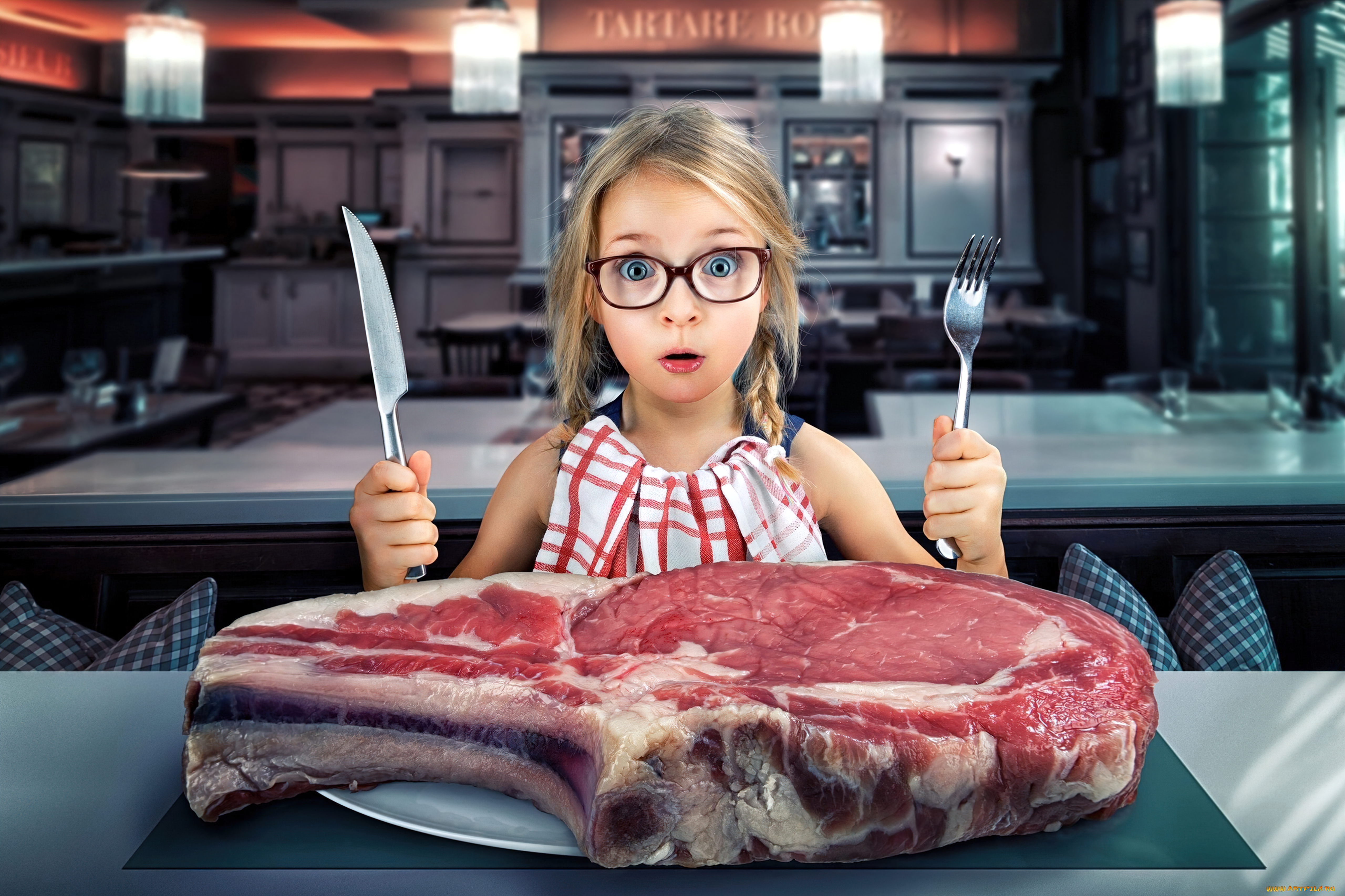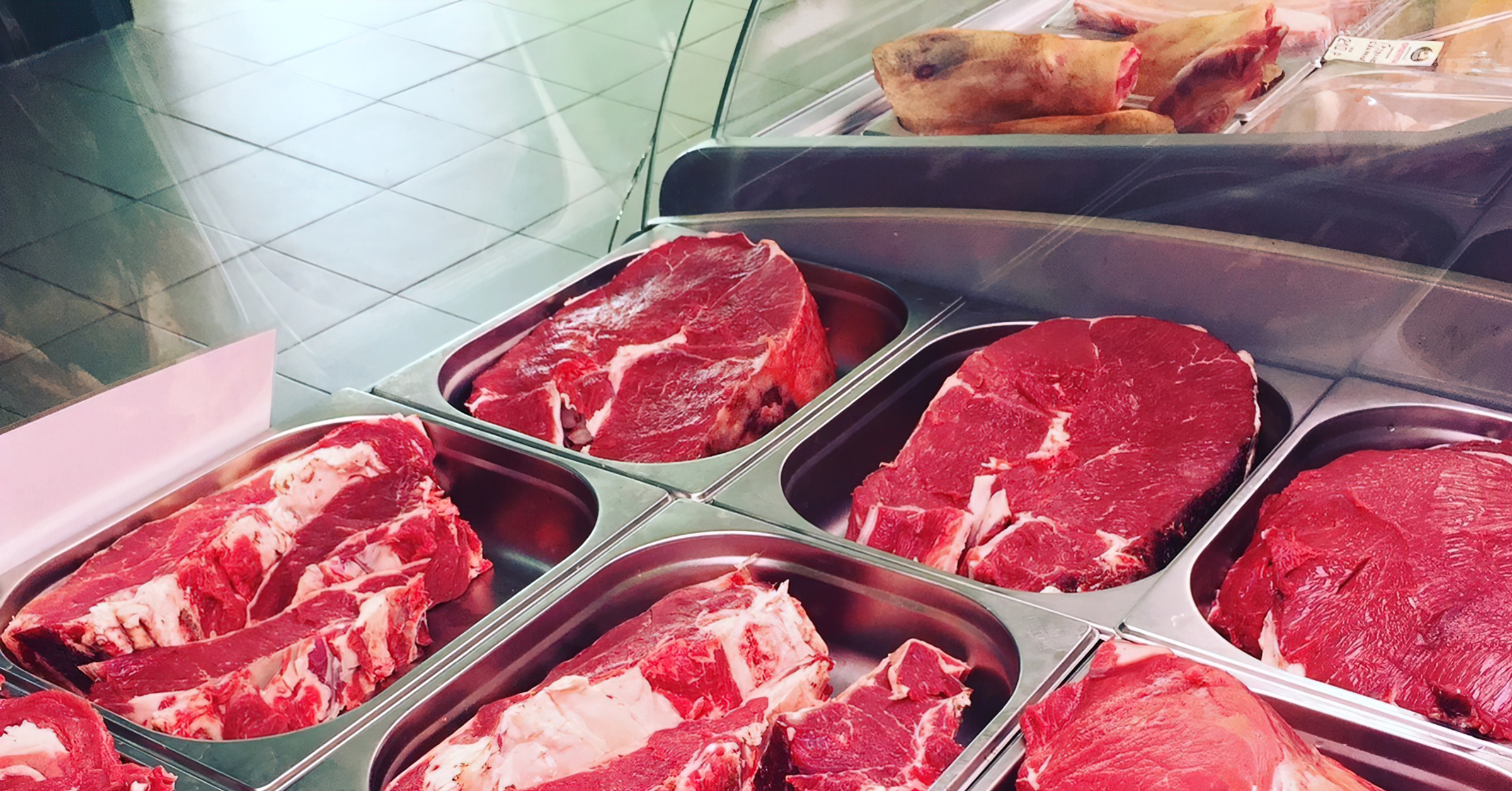Beef is a versatile and delicious protein enjoyed by many around the world. Mastering the art of cooking beef can seem daunting, but with the right techniques and a little practice, anyone can create succulent, mouthwatering dishes. In this guide, we’ll explore key tips and tricks for perfectly cooking beef, from choosing the right cuts to using the best methods for each dish.
Choosing the Right Cut of Beef
The first step in cooking beef is selecting the appropriate cut. Different cuts have distinct flavors and textures, so it’s crucial to choose the right one for your dish. Here are some popular cuts and their recommended uses:
- Filet mignon: Tender and lean, this cut is perfect for grilling or pan-searing.
- Ribeye: Rich and marbled, ideal for grilling or pan-frying.
- Sirloin: Versatile and flavorful, great for grilling, pan-searing, or broiling.
- Chuck: A budget-friendly cut suitable for slow cooking, such as braising or stewing.
Cooking Techniques for Beef
Once you’ve chosen the perfect cut, it’s time to decide on the cooking method. Here are some popular techniques and tips for getting the best results:
- Grilling: Preheat your grill to high heat, and let it reach at least 500°F (260°C). Season your beef with salt and pepper, then grill for a few minutes per side until desired doneness. Rest the meat for at least 5 minutes before slicing.
- Pan-searing: Heat a heavy skillet or cast-iron pan over medium-high heat. Add oil, then sear the beef for 3-4 minutes per side or until a crust forms. Finish cooking in the oven if needed.
- Braising: Brown the beef in a hot pan, then add liquid (such as broth, wine, or tomato sauce) and simmer on low heat until the meat is tender, usually 2-3 hours.
- Roasting: Preheat your oven to 350°F (175°C), and place the beef on a roasting rack. Cook until the internal temperature reaches your desired level of doneness, then let it rest for 10-15 minutes before carving.
Final Tips for Perfect Beef
- Season well: Don’t be shy with salt and pepper, as they help to enhance the natural flavors of the beef.
- Use a meat thermometer: This ensures that your beef reaches the perfect temperature for your desired level of doneness.
- Let it rest: Allowing cooked beef to rest helps the juices redistribute, resulting in a more tender and juicy final product.
With these tips and tricks, you’ll be well on your way to mastering the art of cooking beef. Experiment with different cuts and cooking methods to find your perfect combination, and enjoy the delicious results. Happy cooking!
Tips for Marinating and Tenderizing Beef
Marinating and tenderizing your beef can greatly enhance its flavor and texture. Here are some helpful tips for achieving the best results:
- Choose the right marinade: A good marinade typically contains an acidic component (such as vinegar, citrus juice, or wine), oil, and a variety of herbs and spices. The acid helps to tenderize the beef, while the oil and seasonings add flavor.
- Marinate for the appropriate time: Depending on the cut and size of your beef, marinating times can vary. For tender cuts like filet mignon or sirloin, 2-4 hours should suffice. For tougher cuts like chuck or brisket, marinating for 6-24 hours is recommended.
- Use a tenderizing tool: If you’re working with a tougher cut of beef, consider using a meat mallet or a needle tenderizer to physically break down the muscle fibers and connective tissues. This will help to make the beef more tender and easier to chew.
Storing and Handling Raw Beef Safely
Proper storage and handling of raw beef are essential to ensure both quality and safety. Keep the following guidelines in mind:
- Store raw beef in the refrigerator: Ideally, raw beef should be stored at a temperature of 40°F (4°C) or below. Use the coldest part of your refrigerator, typically towards the back and on a lower shelf.
- Keep raw beef separate from other foods: To avoid cross-contamination, store raw beef away from other foods, particularly those that will be eaten raw or partially cooked, like fruits, vegetables, or sushi.
- Observe the expiration date: Always pay attention to the expiration date on the packaging and discard any beef that has passed its prime.
- Wash your hands and surfaces: After handling raw beef, be sure to wash your hands, utensils, and surfaces with hot, soapy water to prevent the spread of bacteria.
Pairing Beef with the Right Side Dishes
The perfect side dish can elevate your beef dish to new heights. Here are some classic pairings to consider:
- Mashed potatoes: Creamy and comforting, mashed potatoes are a classic pairing for beef dishes, particularly when served with a rich gravy or sauce.
- Steamed or roasted vegetables: Seasonal vegetables like green beans, asparagus, or Brussels sprouts can add color, texture, and nutrition to your plate.
- Grains: Rice, quinoa, or barley can provide a delicious base for your beef dish and help to soak up any flavorful sauces.
- Salads: A fresh, crunchy salad can balance out the richness of a beef dish, offering a lighter alternative to heavier sides.
By implementing these additional tips, you’ll be able to create delicious, perfectly cooked beef dishes that are sure to impress your family and friends. Enjoy experimenting with various cuts, cooking methods, and side dishes to find your favorite beef combinations.